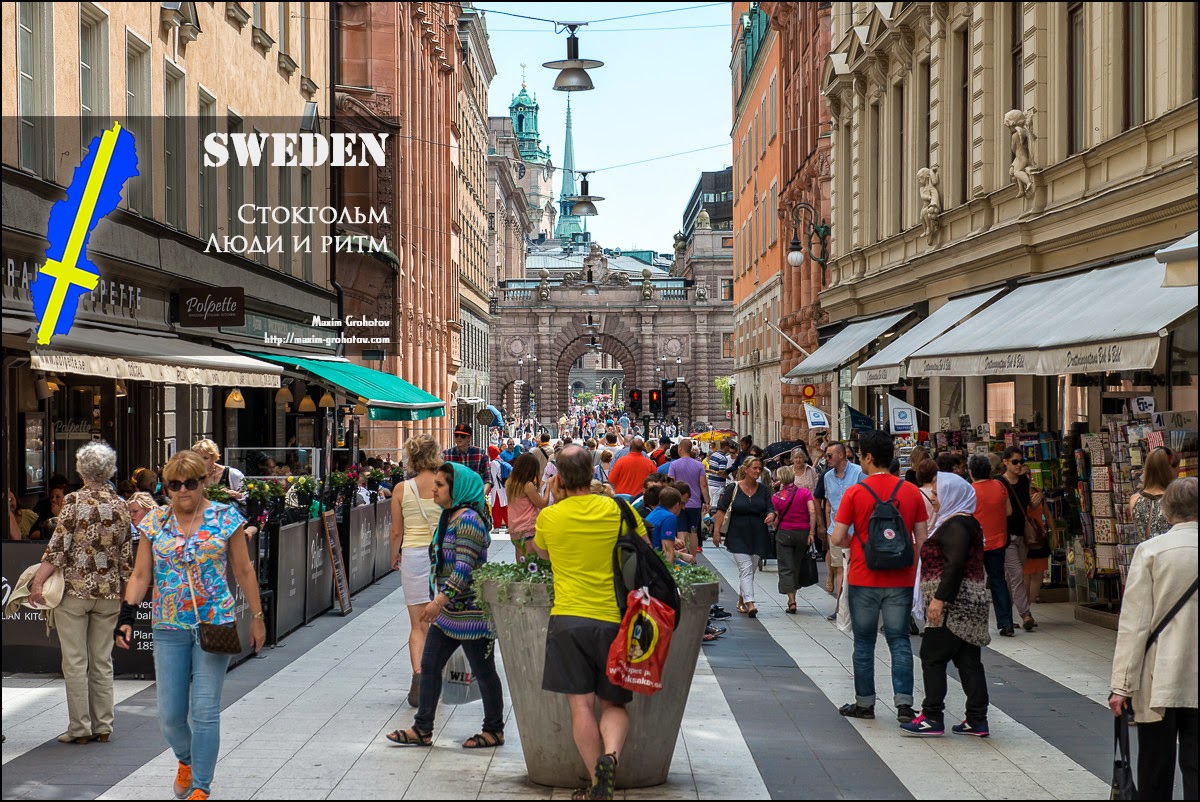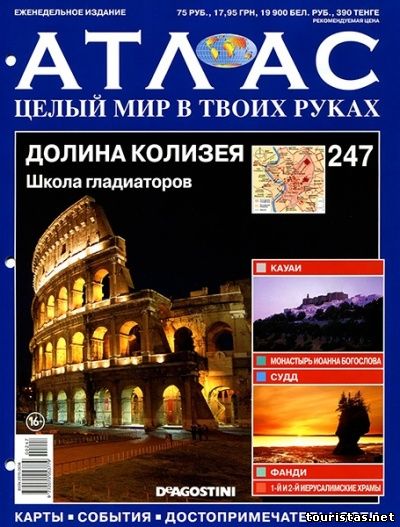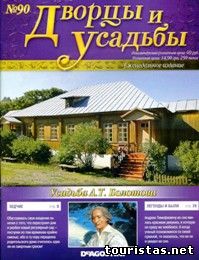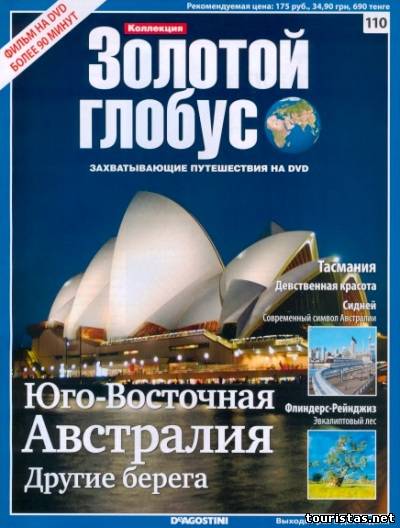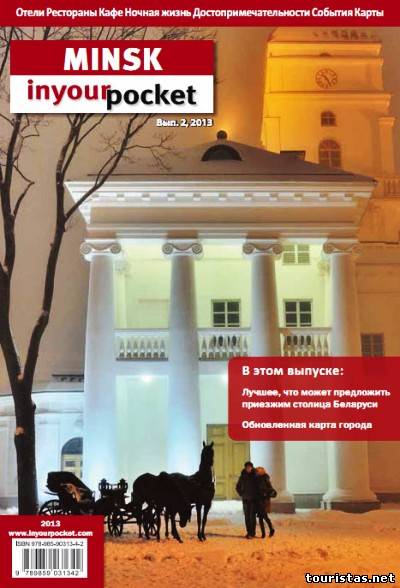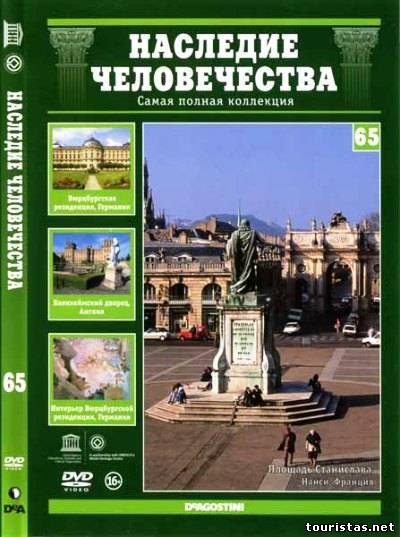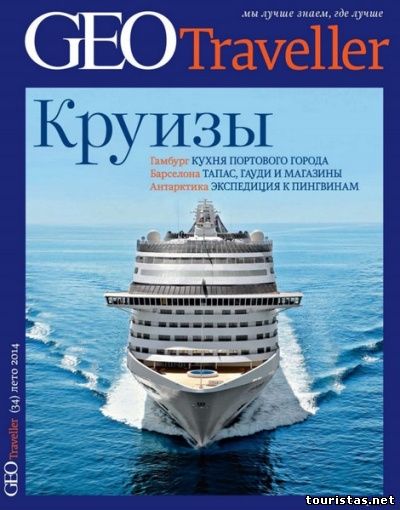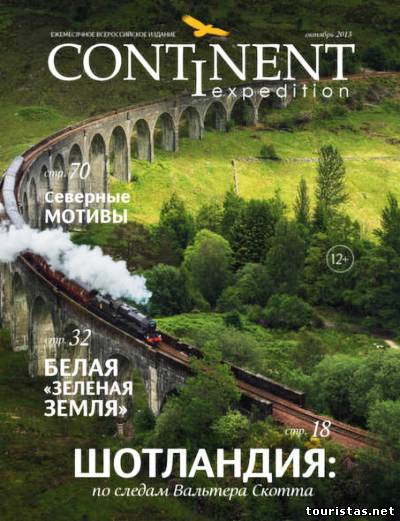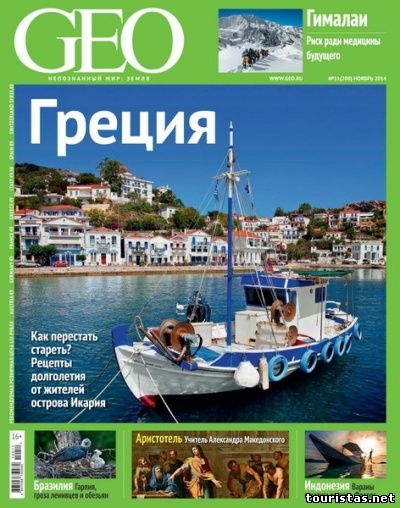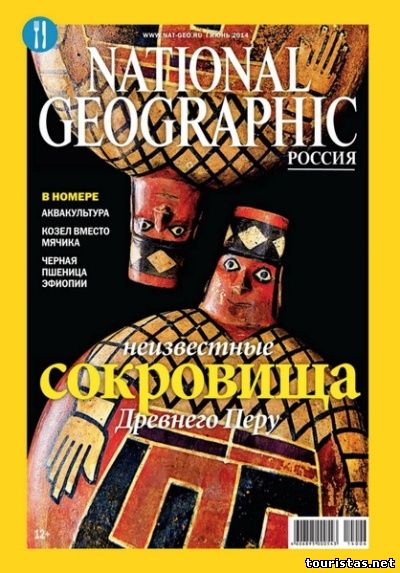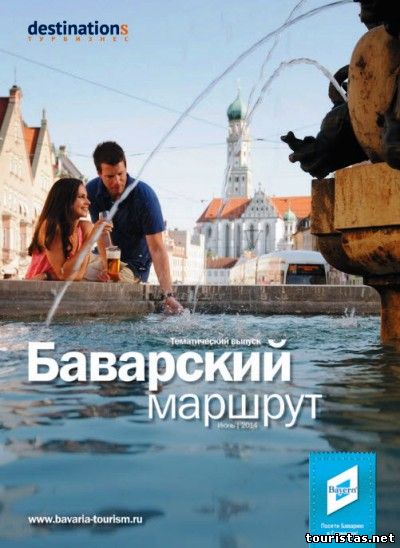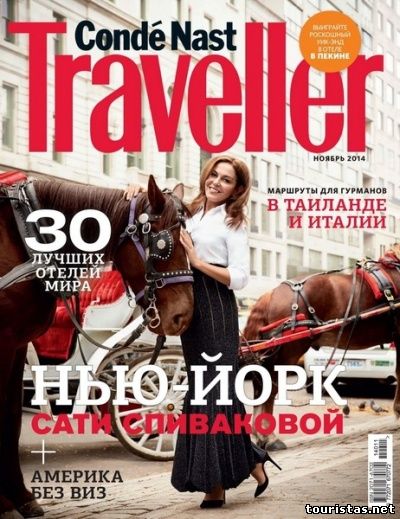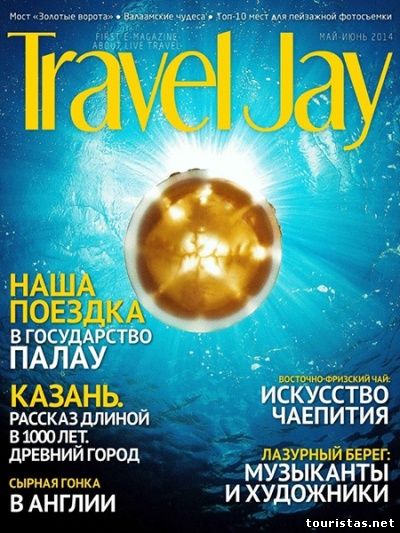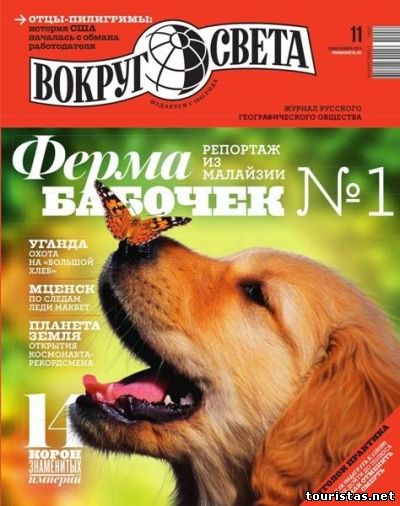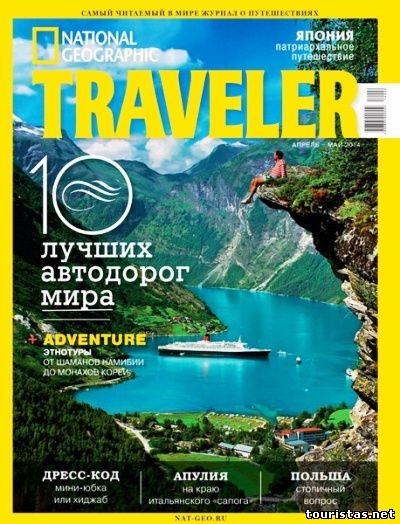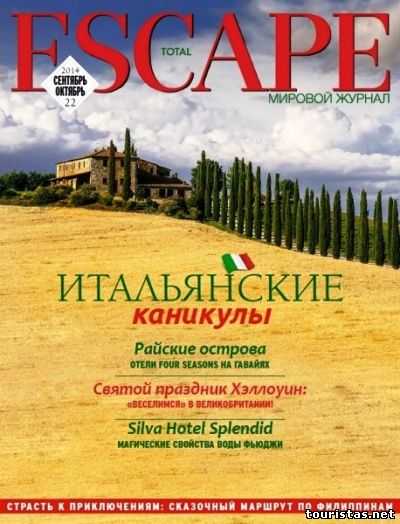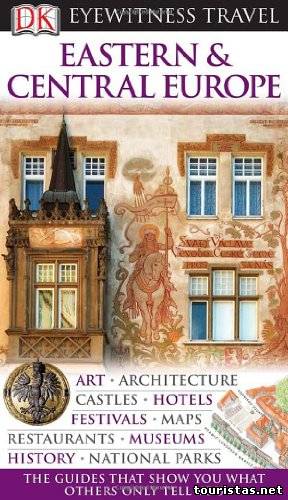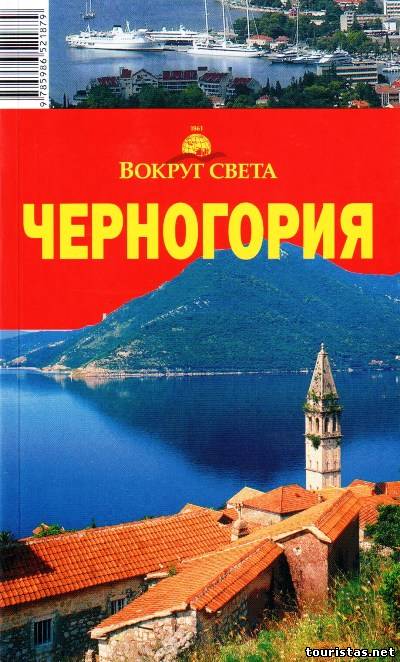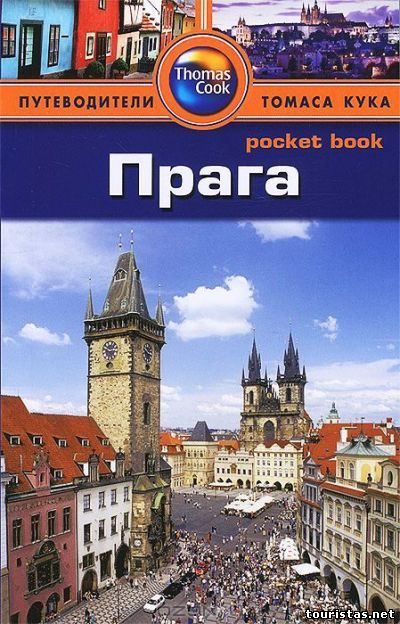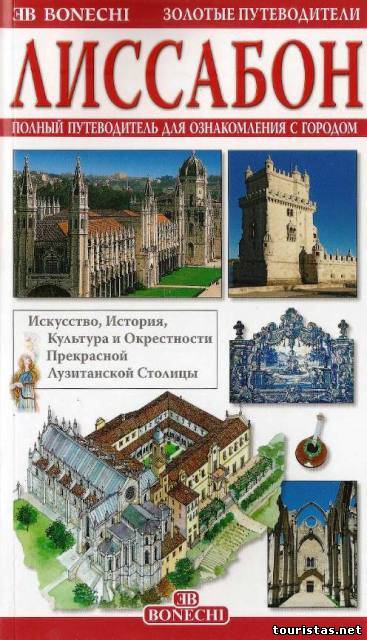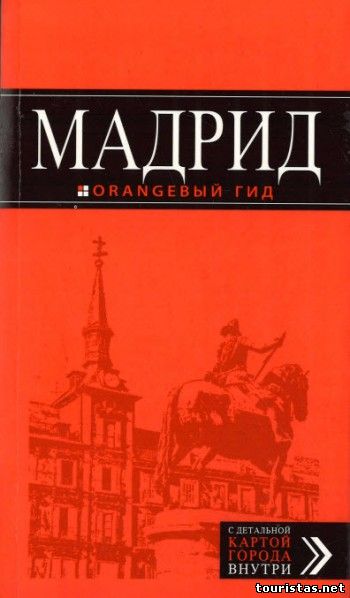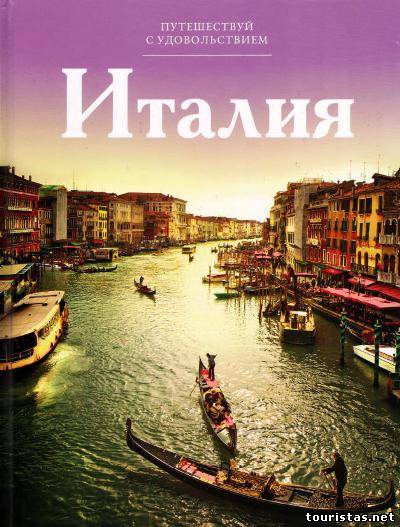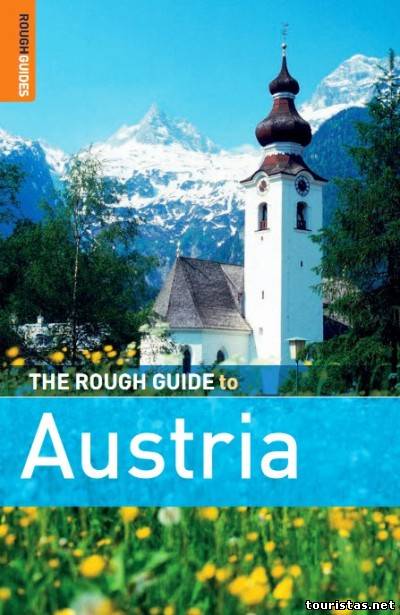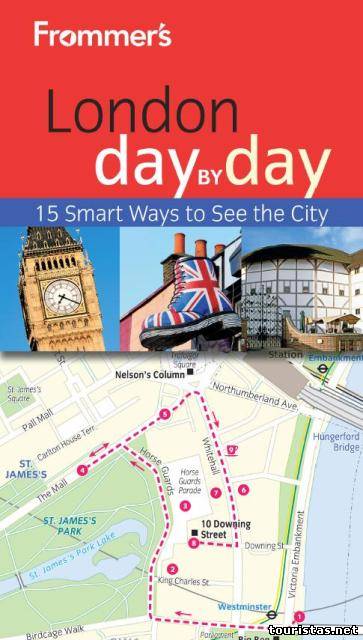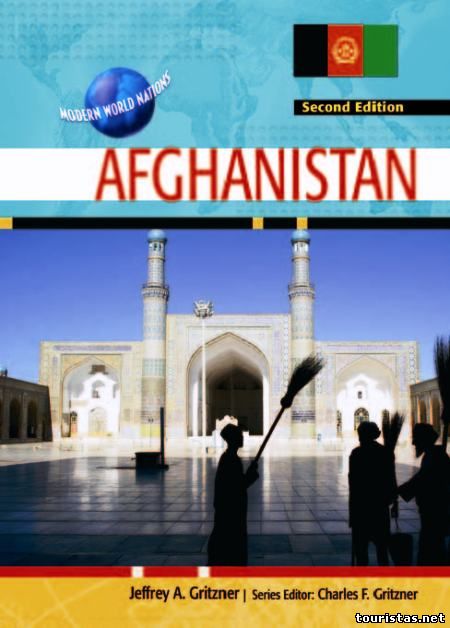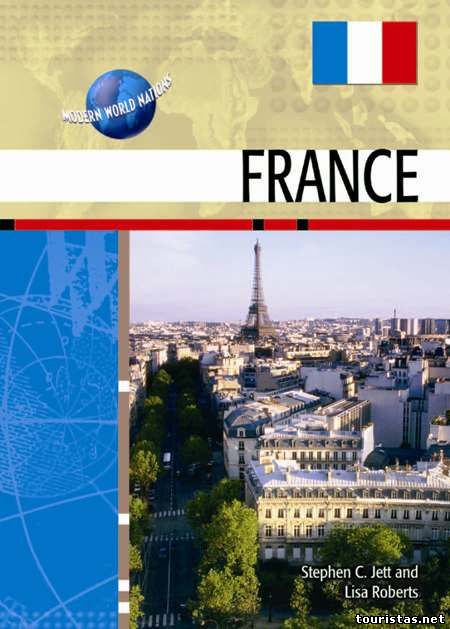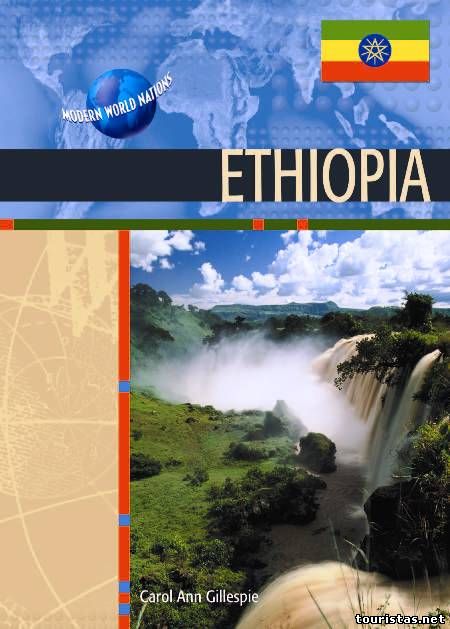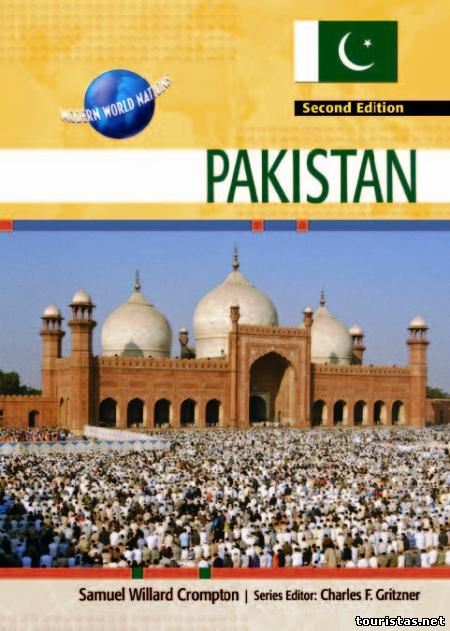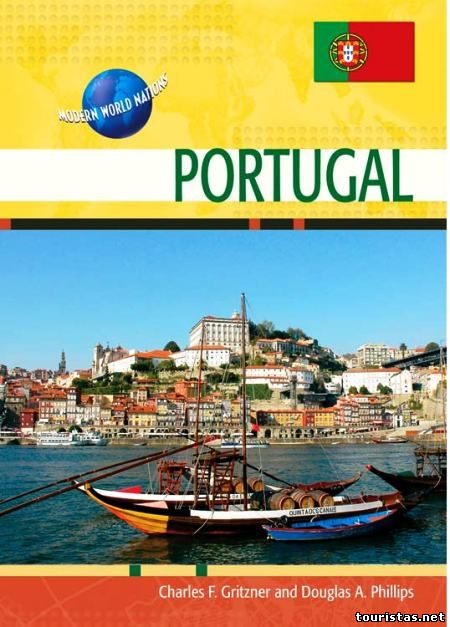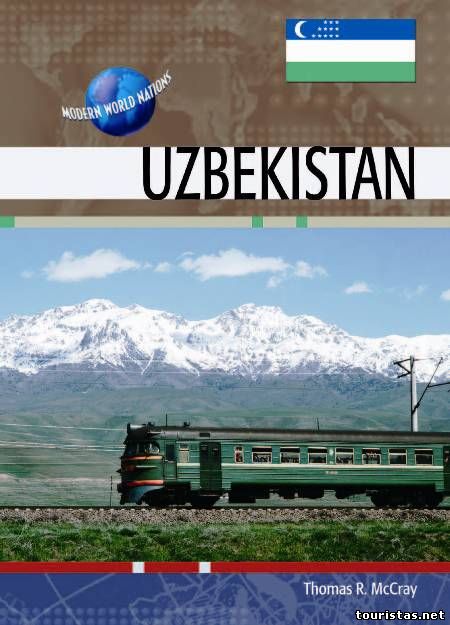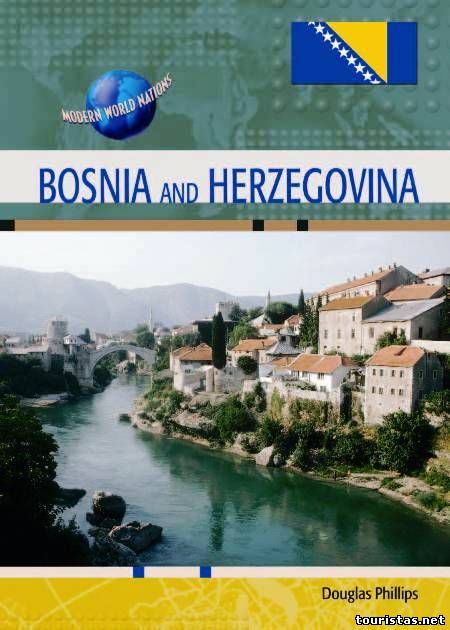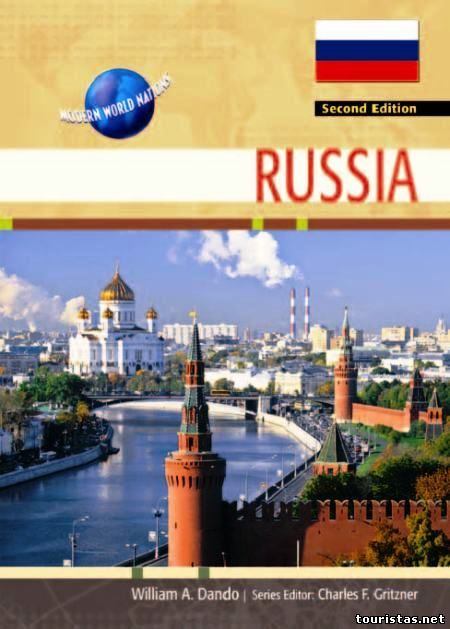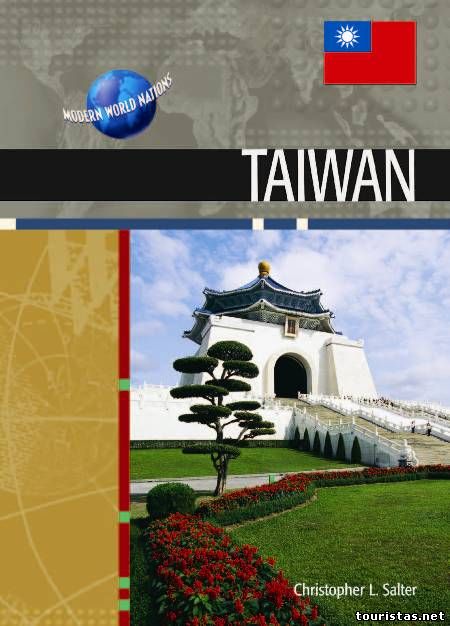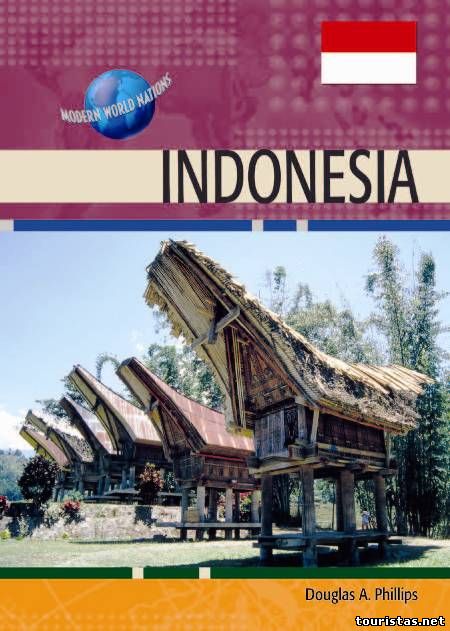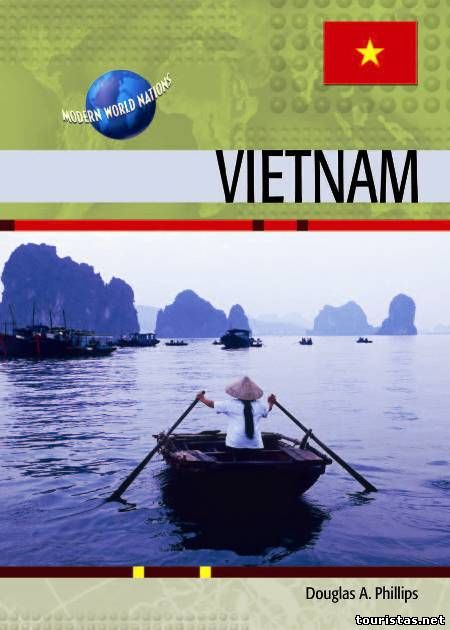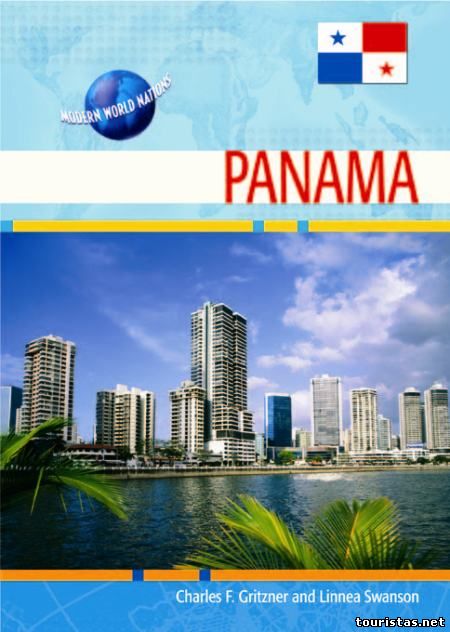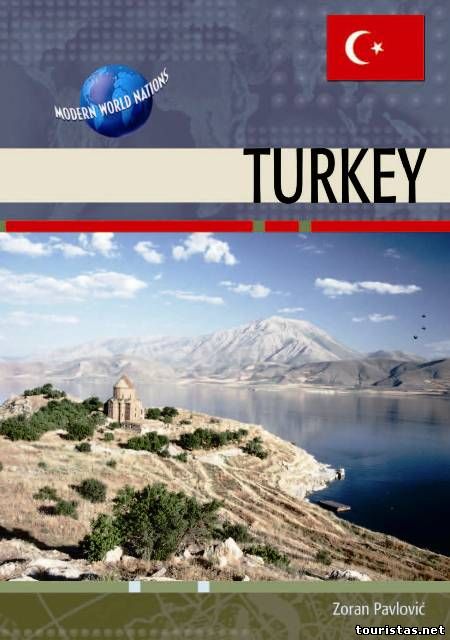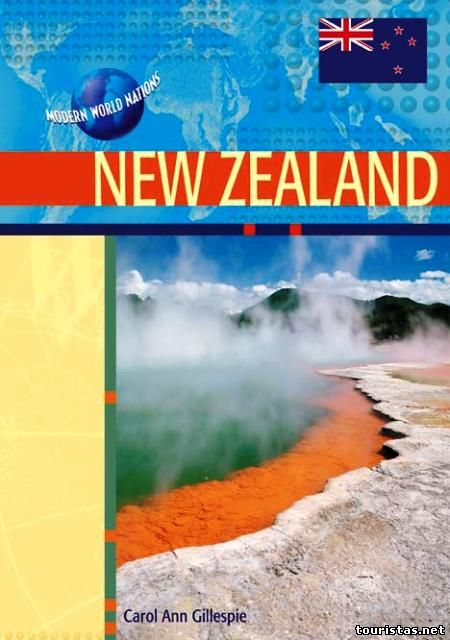Поиск
 e-mail: toshkolab@yandex.ru e-mail: toshkolab@yandex.ru
Друзья сайта

Статистика
Онлайн всего: 1 Гостей: 1 Пользователей: 0
|
Каталог статей
В категории материалов: 38
Показано материалов: 16-30 |
Страницы: « 1 2 3 » |
Сортировать по:
Дате ·
Названию ·
Рейтингу ·
Комментариям ·
Просмотрам
Landlocked Afghanistan is
located in southern Central Asia and shares borders with the former
Soviet Republics of Turkmenistan, Uzbekistan, and Tajikistan to the
north, Iran to the west, Pakistan to the south and east, and China to
the northeast. Before the last two decades of warfare there, visitors to
Afghanistan often had the feeling that they had stepped into the past.
The cultural landscape was almost medieval in character.
|
Historically and culturally, France is one of the most significant
nations of Western Europe. The country is favored by nature, with a
variety of landforms, climates, and resources as well as with rich and
varied agricultural lands. Strategically, it is located between the
Mediterranean Sea and the Atlantic Ocean. The country has played a
pivotal economic, political, and cultural role in the history of its
continent and of the world. It has particularly close historical and
philosophical ties with the United States. Describes the history, geography, government, economy, people, and culture of France. |
Ethiopia is a land of many contrasts. Its landscape varies from barren
desert to the lush green of the Ethiopian Plateau. Much of Ethiopia
receives ample rainfall, although some regions must rely on seasonal
rainfall. Full-color photographs. Facts at a glance. History at a
glance.
Full-color maps. Bibliography. Further reading. |
Land of the pure — Pakistan — From the mouth of the lion to the sea of
Sinbad — The land and waters of Pakistan — Pakistan through time — The
peoples of Pakistan — A Muslim nation — The Islamic Republic of Pakistan
— Wheat, cement, opium and guns : the many-faceted economy of Pakistan —
Living in Pakistan today : a study in folk heroes — Pakistan looks
ahead.
|
recariously perched on the westernmost coast of mainland Europe lies the
nation of Portugal—a country on the move. This small country’s location
near the Mediterranean Sea and facing the vast expanse of the Atlantic
Ocean has served it well. |
On Christmas Day of 1991, the Union of Soviet Socialist Republics
(USSR), an area covering all of northern Asia and half of Europe and a
principal adversary of the United States and its allies, broke apart and
collapsed. The long and bitter cold war, a defining struggle in world
affairs for a half-century, simply ended. Now, years later, the United
States and its allies are again spending tremendous military, economic,
and political resources in an attempt to achieve peace—this time in
southern and southwestern Asia. U.S. involvement in Iraq and
Afghanistan, with Palestine and Israel, with Turkey and Iran, and with
Pakistan and India has achieved a level that some now call a "new
defining struggle in world affairs.” In a pocket of territory located
between these two great centers of strategic importance lies a country
that stands apart from both of them. That country is Uzbekistan. |
This book, part of the "Modern World Nations" series. Chapters cover
geography, history, people and culture, government and politics, the
economy, and possibilities for the future. The text is dense and
presented in very long sentences and paragraphs, so even though the book
is small and might appeal to younger readers, the narrative will
probably work best for the older end of the age range. The book also
includes several elements to help students doing research, including a
list of pertinent facts, history highlights, a bibliography, suggestions
for further reading and research, and a detailed index. |
Russia is the world's largest country. Nearly twice the size of the
United States, it stretches across 11 time zones, from west to east.
Russia's unique landscape is made up of several vegetation zones, from
forests to deserts. Beginning in the north, frigid arctic deserts and
tundra gradually give way to the vast taiga. These coniferous forests,
with the deciduous, or leaf-bearing, forest, cover approximately half of
Russia. South of the forest is the drier region of wooded and grassland
steppes. This zone is known for its rich black soil, or chernozem,
which makes the steppe Russia's primary source of grain. Semidesert,
desert and subtropical forests round out Russia's geographical regions,
to the south. Russia's population is as diverse as its geography.
Although Russians make up nearly 80 percent of the population, more than
100 ethnic groups make this vast land their home, the largest groups
being the Tatars and Ukrainians. |
Taiwan, an island lying less than 100 miles (165 kilometers)
off the east coast of the People’s Republic of China, is first noted in
Western records has having been ”discovered” by the Portuguese in 1590. They
named the tobacco-leaf-shaped island ”Ilha Formosa,” or ”Beautiful
Island.” The name that is more common today is Taiwan, thought to mean
”terraced bay,” for the active terrace building that has taken place
during the past three centuries on the western flanks of the mountains
that slope westward toward the Taiwan Strait.
|
Full-color photographs. Facts at a glance. History at a glance. Full-color maps. Bibliography. Further reading. |
Vietnam! Even the country’s name invokes strong and varied emotional
reactions from many people. For some, it represents a beloved and lost
homeland. For others, it is a place where loved ones were lost in a war
that some believed in and others did not. For still others, it is a land
finally free from colonial powers and outside influences. Vietnam’s
place was once center stage in the global Cold War. Its name and history
still sharply divide people in the United States, as shown by the 2004
presidential election. How can this slender S-shaped sliver of a country
play such an important role in the lives of so many? This is one of
many questions that will be answered in this exploration of the people,
places, past, and culture of Vietnam. |
Information-packed volumes provide comprehensive overviews of each
nation's people, geography, history, government, economy, and culture-
Abundant full-color illustrations guide the reader on a voyage of
discovery- Maps reflect current political boundaries.
|
As your adventure in Turkey begins, it will be to your advantage to prepare for the exciting journey. Knowing
what to look for, how it got there, and why it is important makes
travel much more interesting! Geographers always prepare for their
travels to study new lands and their peoples—and each of us becomes a
geographer the moment we begin to read about places. |
New Zealand owes its existence to undersea mountain building and is
known for its active volcanoes and geothermal features. It is a land of
fascinating cultures, combining the enduring history of the indigenous
Maori with the descendents of the English settlers. It also has unique
fauna and flora.
|
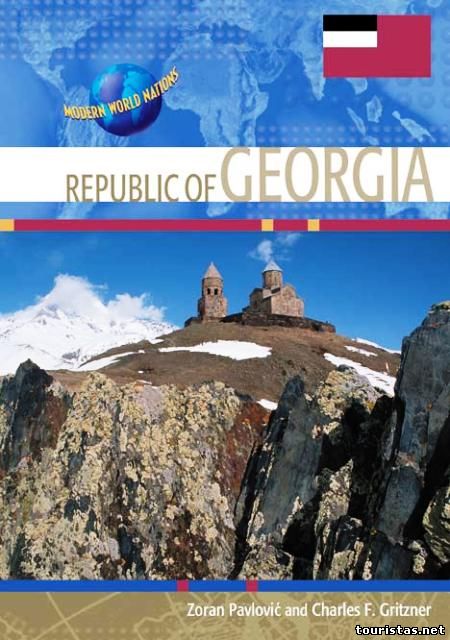
Grade 8-10-As in most country studies, this book includes chapters on
physical and cultural geography, as well as on the history, government,
and economy. A concluding chapter speculates on the future of Georgia.
The authors are geographers and their perspective does distinguish this
title from others on the subject. They open with a thoughtful discussion
of whether Georgia is in Asia or Europe, underline the complexities of
its culture, and explain the artificiality of world divisions. However,
while some geographic terms are explained, others, such as "micro-scale
zones" and "trending barrier," are not. The book's main problem,
however, is that it is poorly written and includes typographical errors.
Students should not have to read that caves "have been use [sic] to
store wine." There are only two maps, neither of which indicates the
location of the autonomous regions of South Ossetia and Abkhazia
described in the book, nor do they show the seaport of Supsa, important
because it is at the end of the new oil pipeline. Another anomaly is
that a recipe begins in the metric system and then switches to cups and
tablespoons. Michael Spilling's Georgia (Benchmark, 1997), while not
error-free, is better written, more informative, and has more and
much-sharper-focused, full-color photos. |
|








